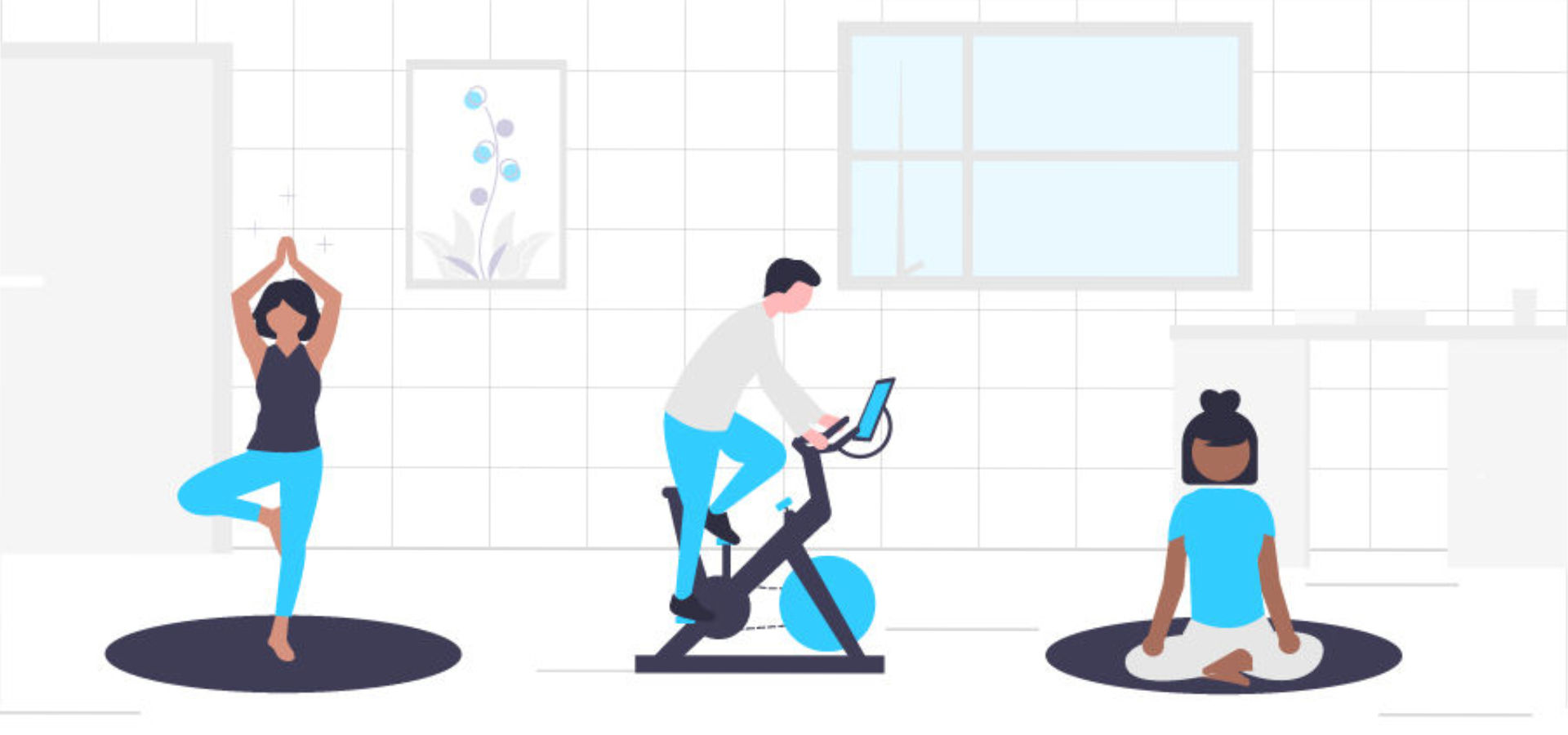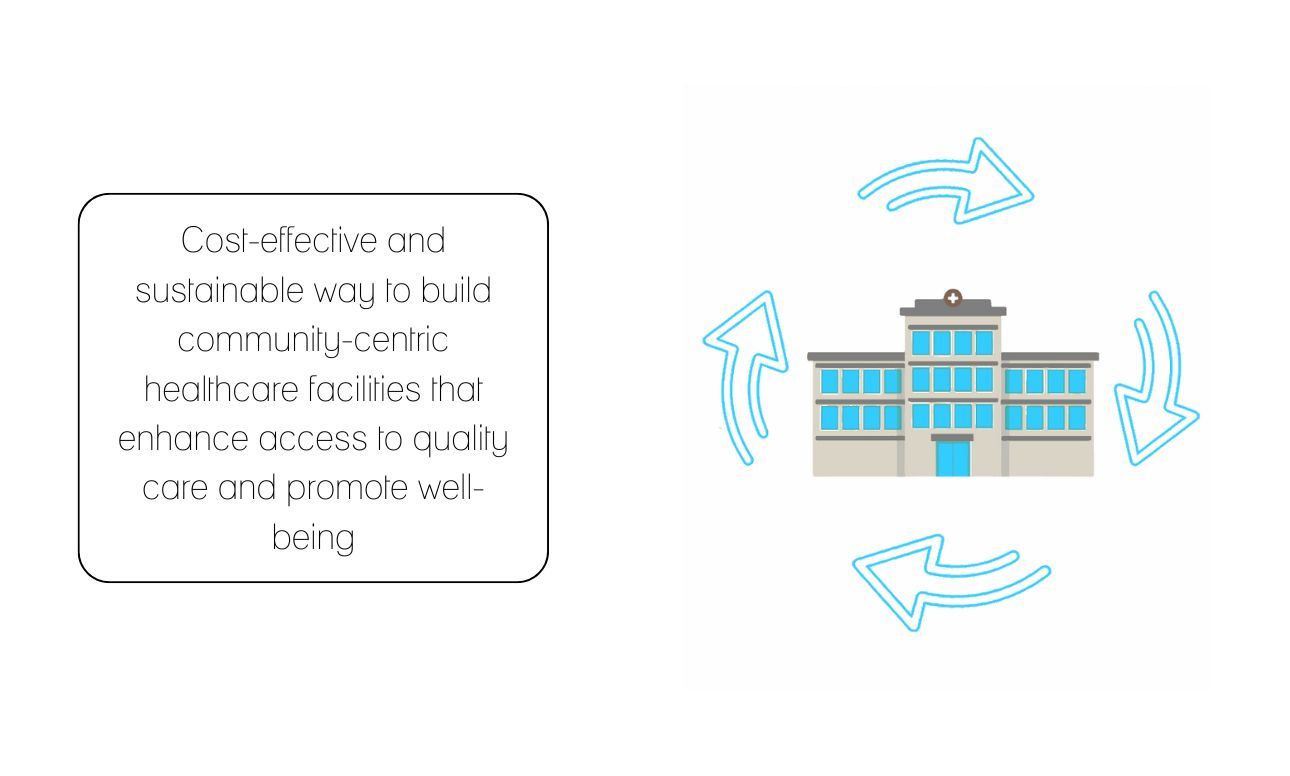

27-01-2022
Safety and Wellbeing: A Healthy World Begins Indoors Ravideep Singh

While we embrace the ‘new normal’ and are beginning to see the end of the COVID-19 pandemic, the viral outbreak has permanently changed how we perceive our environment. Health and safety have made it to the top of our priority lists. To ensure a clean environment for a healthy world, we must begin in places we spend most of our time - indoors. As architects and designers explore various strategies for a safe indoor environment, the following factors can significantly improve the health and wellbeing of a building’s inhabitants.
Improving indoor air quality
The air we breathe has a significant impact on our health. Incorporating Minimum Efficiency Reporting Values (MERV) -13 or higher media filters during the design phase can reduce the spread of airborne viruses and improve indoor air quality. Additional carbon filters installed in existing mechanical systems can ensure a safer environment indoors. Selecting low Volatile Organic Compounds (VOC) paints, finishes, and safe cleaning chemicals that comply with health and safety standards is crucial to maintaining indoor air quality.
Ensuring healthy potable water
Contaminated water is the most significant source of diseases. Expelling organic contaminants through activated carbon filtration or by the process of sediment filtration with a pore size of 1.5 micrometres or less ensures healthy and potable water for a building’s inhabitants. Ultraviolet Germicidal Irradiation (UGVI) filtration also helps in eliminating harmful microbes and bacteria and keeping water quality in check.
Hygiene, sterility and sanitisation
During the pandemic, hygiene and sanitisation have become the priority for every public area. Air dryers and bar soaps should be replaced with disposable paper towels and liquid soaps. The ideal food cooking material for apparatuses like pans and dishware in kitchens are ceramics, cast iron, stainless steel, glass, and solid untreated wood. In contrast, ideal surfaces for food cutting are marble, plastic, glass and pyro ceramic. Minor design interventions like these can substantially affect our health, especially during pandemic times.
Optimal exposure to daylight
Several studies have shown that exposure to natural light has a positive effect on our health and wellbeing. To ensure optimal exposure to daylight, ambient light levels should be between 215 to 300 lux. Designers must avoid excessive brightness contrast between immediately adjacent spaces and extremely bright, dark or potentially glaring spots. In some areas, windows should be shaded, especially in the west, to minimise glare and heat gain.
Increasing comfort
To ensure a user’s comfort indoors, designers must use furniture compliant with Human Factors & Ergonomics Society (HFES) or Business Institutional Furniture Manufacturers Association (BIFMA) standards, both of which have Indian subsidiaries to facilitate regional certifications. Ambient thermostat controls with the possibility of providing a thermal gradient of three degrees across various zones should also be implemented for thermal comfort. In other public areas, acoustic zones should be segregated, and sound masking strategies should be employed wherever necessary.
Improving health and fitness
As architects, we can encourage positive changes in people’s lifestyles through the design of our buildings. Creating physical activity spaces indoors, persuading the healthier choices through interior fitness circulation systems like staircases and ramps and using functional furniture like height-adjustable desks can help promote health and fitness.
Biophilic design for wellbeing
Biophilic design claims that humans have an innate affinity towards nature and that their connection is beneficial to their health and wellbeing. Evidence has shown that incorporating elements of nature through plants, patterns, materials, and colours positively impact health and wellness. Using meaningful pieces of art or rejuvenating spatial experiences can also help in improving health and wellbeing. Developing spatial familiarity through design by incorporating elements and themes to identify spaces is another strategy to ease and comfort the mind.
Recognising the potential of architecture and the spaces around us is essential for a healthy world. As healthcare planners and architects, we believe that the design of the spaces around us can significantly impact our health and that a good design can help you heal.











